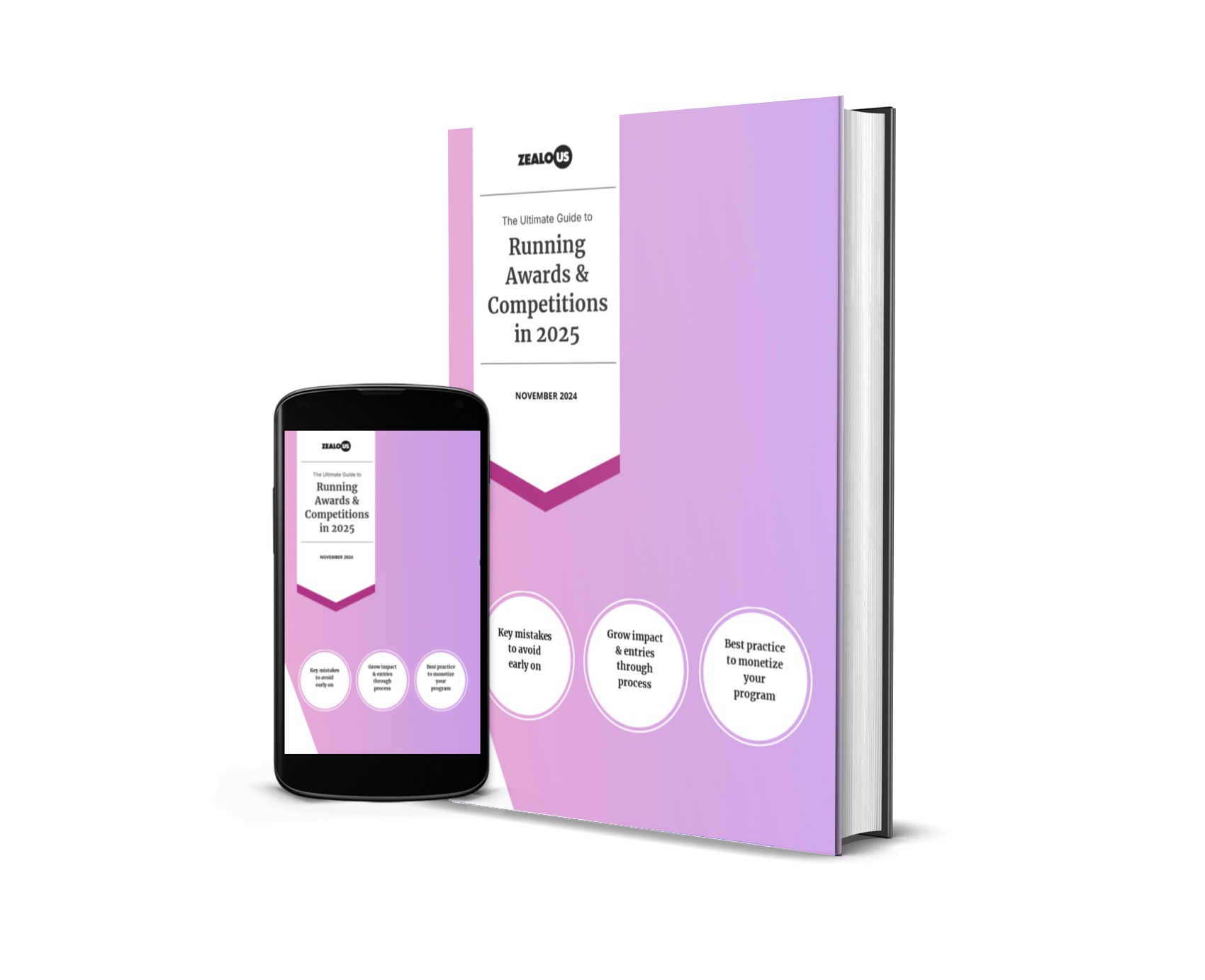The Art of Saying No
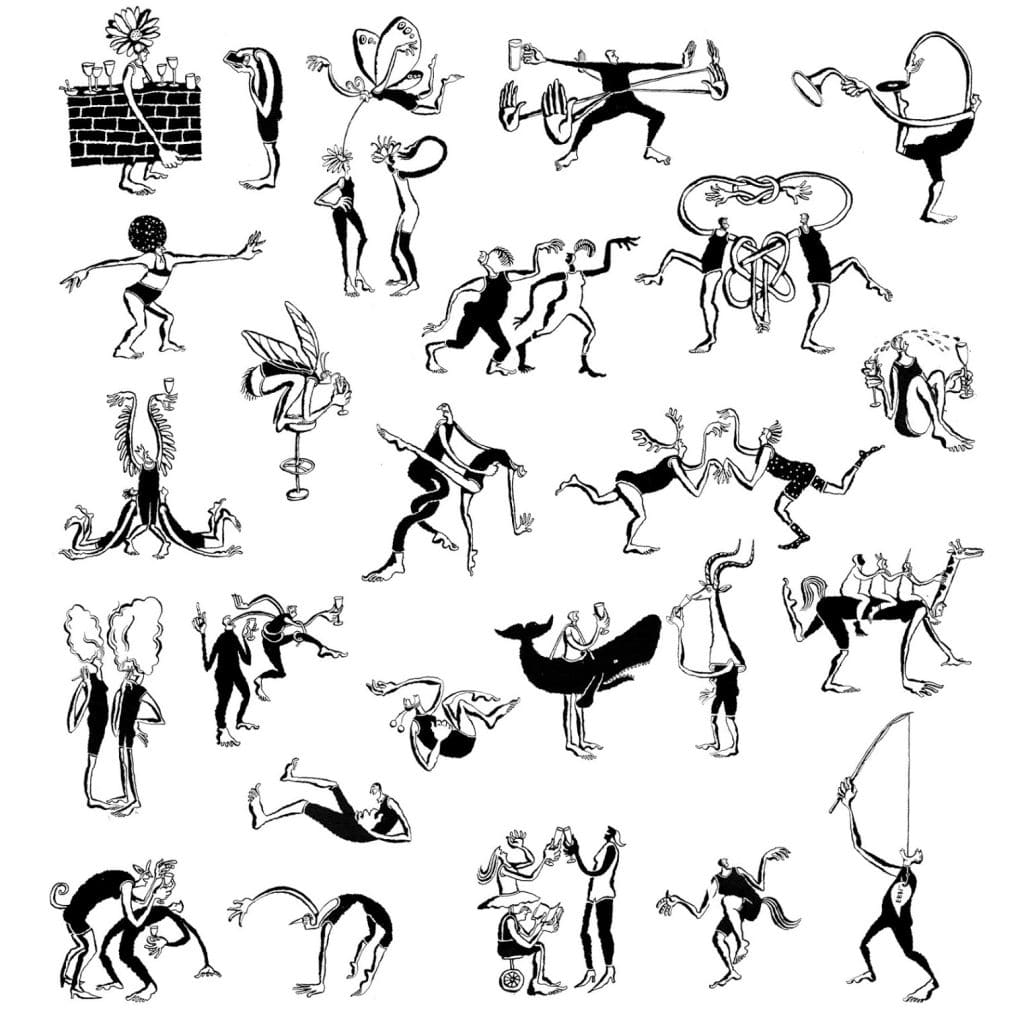
Saying no is not always easy, but it’s important to value your time when deciding what to take on. Try to determine whether you specialise in the work that has been requested by the client. If it is completely out of your comfort zone, do you still want to go ahead with the brief? If you’re eager to expand your horizons, make sure you’ve got ample time and availability, as this may require more of your efforts.
Sleep on it! You don’t need to give answers immediately. Ask for a day to think about your decision before providing a definitive answer. Consider all of your ongoing commitments and ensure that you still have some personal time left over.
When accepting (or turning down) new projects, ask yourself if it is a commitment that you are willing to make. Proceed with conscious decisions that consider your wellbeing. If your struggle is simply finding the right way to say no, take a deep breath and use this automatic response generator.
Insights from freelance illustrator Belle Mellor
Is the ability to say no to jobs that don’t adhere to your usual way of working an important part of freelancing?
BM: In general, I’d say yes (to saying no)! I think a commission tends to go better when a client has specifically come to you because they are enthusiastic about what you do and think the approach will work well for their purposes. Having said that, I have very occasionally taken on work that has required a very different approach, and it can be an interesting learning experience that takes you out of certain comfort zones.

The Nitty Gritty Stuff
CONTRACTS
Establishing contracts with your clients should not be overlooked. Having some basic terms in place for every project that you take on will help protect you, boost your credibility, and most importantly, will inform the client of how you work.
Try not to get caught up in the technicalities of creating the perfect contract. If the important terms are established, i.e. the originality of your work, payment terms and termination of services, then this should provide you with a basic template that you can continue to revise and improve as you progress.
When taking on a new project, do you have basic terms in place to inform the client of how you work and cover any situations that may occur?
BM: In general, I use the AOI contract for larger jobs. I did once take on some animation work without making an agreement, and the client ended up using still images from the project for all sorts of other purposes without my consent or any payment, so I learnt my lesson on that one the hard way! For quick turn-around editorial jobs, I sometimes agree terms in an email which seems to be sufficient (although I’m conscious this may not be best practice). I’m not in my natural element when it comes to the business side of things, so I find the AOI can be a useful source of support and relevant information.
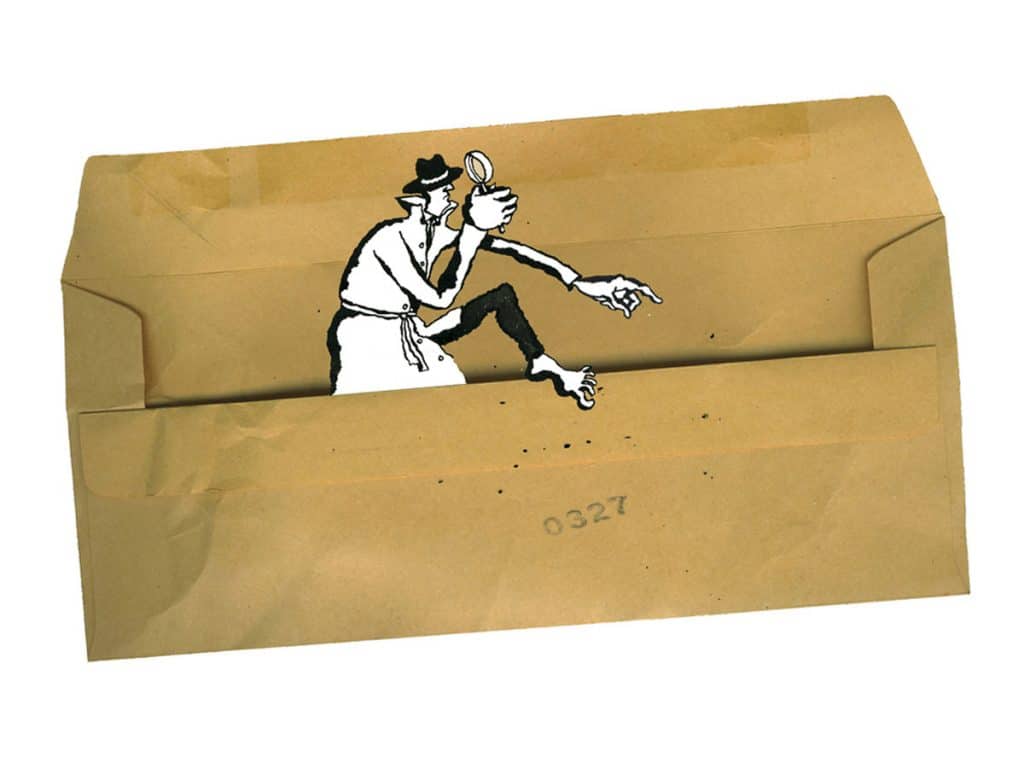
KEEP RECORDS
This is the cornerstone of your tax return: keep a clear record. If you get in the rhythm of doing this once a month it won’t be as painful as waiting until the end. Maintain a unique place where you record expenses and revenue as the year progresses.
The minimum information you need is for each payment that’s going in or out is:
Date the invoice was raised
Invoice Number
Value
Who raised it (optional but useful for you)
VAT (if you’re VAT registered)
You’ll also need proof of the invoice, whether digital or physical. You’re required by law to keep these for five years after your tax return, so keep them in a safe and organised place.
SHOWCASING YOUR WORK
When it comes to your portfolio, you want to present work that aligns with the freelance jobs you are targeting. Your portfolio does not need to include only paid work; personal projects are a great way of demonstrating what you are capable of and avenues that you are interested in pursuing.
Wellbeing
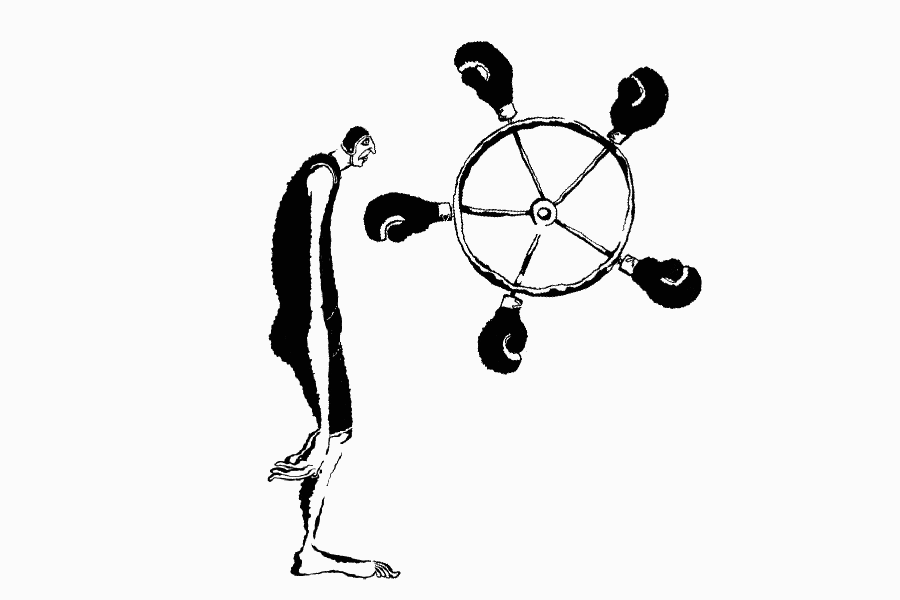
If you are working from your bedroom, it’s not uncommon for feelings of isolation to creep in. Making a conscious effort to reach out to other creatives can help you avoid feeling cooped up. Try to break out of your solitary bubble by scheduling in a couple of coffee meetings with local creatives during the week or attending workshops and networking events that interest you.
Remaining self-motivated is integral and prioritising your workload is key. Plan a daily ‘to do’ list first thing every morning so that you avoid the tendency to over-work. Lack of sleep and working through your lunch break is bound to have a negative impact on your health, so don’t feel bad for taking the time to switch off!
What is your top-tip for those who are considering going freelance or have just begun their journey?
BM: be resilient, and keep stroking your passions.
Let us know you want us to write more content like this with a love!
Share

